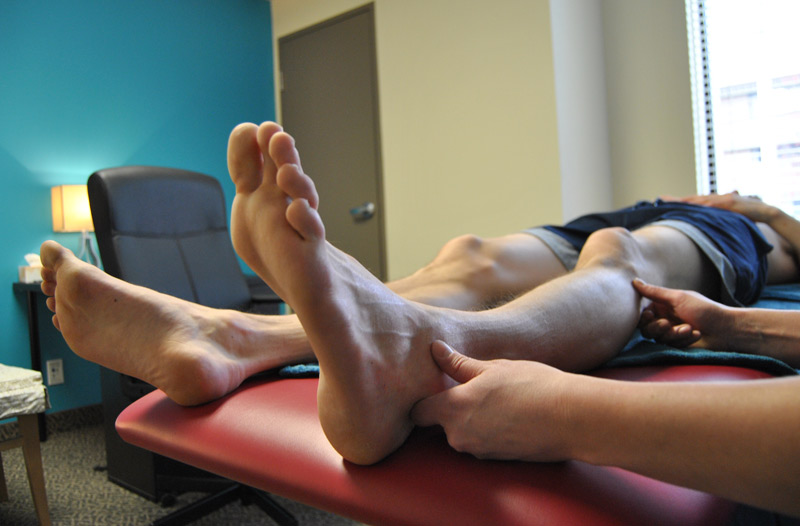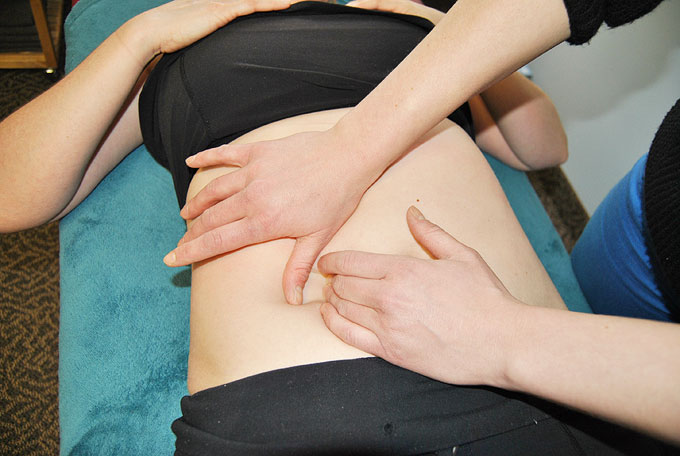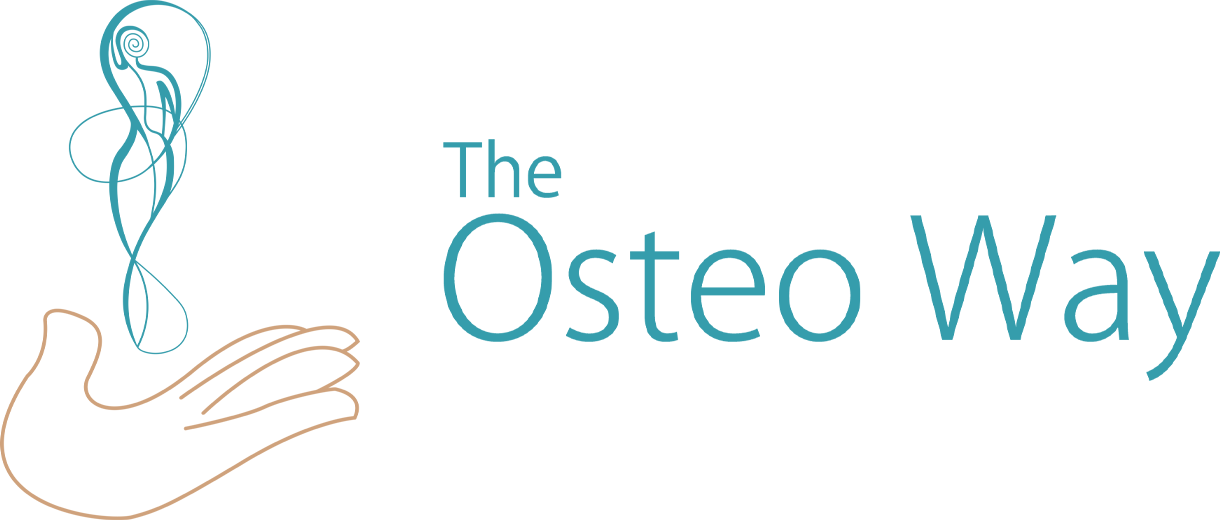Before your appointment:
Make sure to bring your medical exam reports that have been done in the last couple of years (X-rays, MRIs, CT scans,…) that will allow us to know more about your body.
Also: don’t forget to wear loose workout clothes, ideally a t-shirt, and jogging, yoga pants, or shorts. This makes it much easier to move your body during the treatment.
Your first appointment will approximately be an hour long (for adults–kids under 16 years old only require about 45 minutes) and can be broken down in four different parts:
The history/the anamnesis:
Right after filling up the intake form with your basic information (name, address, phone number,…) you will sit down and talk about your reason for visiting the clinic.
Usually, the Osteopathic manual therapist has already looked at the way you walk and how you took off your coat. These subtle clues allow them to already know a bit about how your body is moving.
You will explain the reason for your visit, and the practitioner will ask more questions about your body and its different systems (think: joints, gut-health, sleep, energy level, etc…). All of those can participate in the reason you came to the clinic without you even knowing it!
We are holistic and consider the body as a whole, and all these details will help us to pre-diagnose you and investigate areas we will work on later.

Osteopathic tests:
The Osteopathic therapist will ask you to change or take extra layers of clothing off, and will start investigating your entire body through mobilization of the joints, muscle tests, and mobilizing your connective tissues with hands-on tests.
We will try to find the zones of restriction of mobility in your body and the chains of adaptation (set up by your body to make you as pain-free and energy-efficient as possible.)
We will also assess through medical tests the need to refer you to another medical practitioner or your doctor, if needed.
Treatment:
With all the information collected through your history and manual tests, the Osteopathic manual therapist will now know which area to take care of in order to treat the root cause of your symptom.
Through this time, you can be lying on your back, or you can be asked to lay down on your stomach, on your side, or to sit up–all depending on the techniques used.
We will describe what we are doing and why we are doing it as we go, but if you have more questions, we will be glad to answer them.
See: How Osteopathy Works

Advice:
After the treatment, we will explain what we worked on and what we think led to your symptoms.
Finally, we will give you advice about exercises, stretches, nutrition, supplements, lifestyle guidance, and refer you to another practitioner if needed, in order to maintain the benefit of the treatment over time. We will talk about a treatment plan and, if needed, when to see you again.
After the treatment:
It is best to take it easy the day after the appointment (no sports, no home improvement or strenuous work). You need to let your body integrate the treatment at its own pace.
The body will adjust over the week following the appointment: the absence of an immediate result does not mean the treatment was ineffective. The whole body needs to integrate these changes through the nervous system, which is why you can sometimes feel a bit tired afterward.
Follow-up Appointments:
Your practitioner will ask you how you felt after the last treatment and to describe any changes in your general health or symptoms.
Then, we will proceed to the Osteopathic test and treatment like in your first appointment.
It is recommended you see your Osteopathic manual therapist for preventative treatment once to twice per year, which will prevent symptoms from arising in the first place.
You don’t need to be in pain to see your Osteopathic manual therapist: the state of health isn’t defined by the absence of diseases or doctors, but by a state of balance within the mind and body.
If you have any questions, please contact us.
